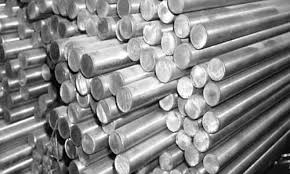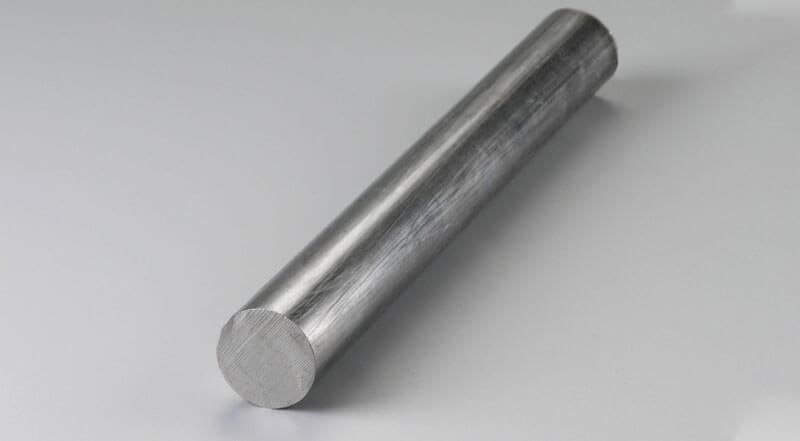Introduction
Stainless steel pipe is a critical component in various industries, renowned for its durability, corrosion resistance, and versatility. In this comprehensive guide, we’ll delve into everything you need to know about stainless steel pipe, covering its properties, types, applications, fabrication methods, and maintenance tips. Whether you’re a seasoned professional or new to the world of stainless steel, this guide will provide valuable insights to enhance your understanding and utilization of this indispensable material.
Properties of Stainless Steel Pipe

Stainless steel pipe exhibits a unique set of properties that make it highly desirable for numerous applications. These properties include:
Corrosion Resistance: Stainless steel pipe offers exceptional resistance to corrosion, making it suitable for applications in harsh environments such as marine and chemical processing.
Strength and Durability: With high tensile strength and durability, stainless steel pipe can withstand high-pressure applications and extreme temperatures.
Hygiene and Cleanability: Stainless steel is non-porous and easy to clean, making it ideal for applications in the food and beverage industry where hygiene is paramount.
Aesthetic Appeal: Stainless steel pipe’s sleek and polished appearance adds a touch of elegance to architectural and decorative applications.
| Property | Description |
|---|---|
| Corrosion Resistance | Stainless steel pipe offers exceptional resistance to corrosion, making it suitable for use in harsh environments exposed to moisture, chemicals, and other corrosive substances. |
| Strength and Durability | Stainless steel pipe exhibits high tensile strength and durability, allowing it to withstand high-pressure applications and extreme temperatures without deformation or structural failure. |
| Hygiene and Cleanability | Stainless steel pipe is non-porous and easy to clean, making it ideal for applications in industries such as food and beverage, pharmaceuticals, and healthcare where hygiene is crucial. |
| Aesthetic Appeal | Stainless steel pipe has a sleek and polished appearance that adds a touch of elegance to architectural and decorative applications, making it a popular choice for both functional and aesthetic purposes. |
Types of Stainless Steel Pipe
Stainless steel pipe comes in various types, each suited for specific applications. Common types include:
Seamless Stainless Steel Pipe: Seamless pipes are manufactured without welding seams, resulting in uniformity and strength, making them ideal for high-pressure applications.
Welded Stainless Steel Pipe: Welded pipes are fabricated by welding together stainless steel plates or coils, offering cost-effectiveness and versatility.
Austenitic Stainless Steel Pipe: Known for its excellent corrosion resistance and formability, austenitic stainless steel is widely used in industries such as construction, automotive, and pharmaceuticals.
Martensitic Stainless Steel Pipe: Martensitic stainless steel offers high strength and hardness, making it suitable for applications requiring abrasion resistance and durability.
Applications of Stainless Steel Pipe
Stainless steel pipe finds extensive applications across various industries, including:
Oil and Gas: Used in pipelines for transporting oil, gas, and other hydrocarbons due to its corrosion resistance and durability.
Construction: Stainless steel pipe is employed in structural applications such as building frames, handrails, and architectural elements due to its strength and aesthetic appeal.
Food and Beverage: Stainless steel pipe is prevalent in food processing equipment, breweries, and dairy farms due to its hygienic properties and ease of cleaning.
Chemical Processing: Stainless steel pipe is indispensable in chemical plants and refineries for handling corrosive chemicals and acids.
Automotive: Used in exhaust systems, mufflers, and catalytic converters due to its heat resistance and durability.
Fabrication Methods of Stainless Steel Pipe
Stainless steel pipe can be fabricated using various methods, including:
Cold Drawing: Cold drawing involves pulling a stainless steel billet through a die to reduce its diameter and achieve the desired dimensions.
Welding: Welding is used to join stainless steel pipes together, either through manual or automated processes such as TIG welding, MIG welding, or submerged arc welding.
Bending: Stainless steel pipes can be bent to specific angles using techniques such as rotary draw bending or induction bending.
Machining: Machining processes such as drilling, milling, and turning are employed to create precision components from stainless steel pipe.
Maintenance Tips for Stainless Steel Pipe

Proper maintenance is essential to ensure the longevity and performance of stainless steel pipe. Here are some maintenance tips to consider:
Regular Cleaning: Clean stainless steel pipe surfaces regularly using mild detergent and water to remove dirt, grime, and contaminants.
Avoid Abrasive Cleaners: Avoid using abrasive cleaners or harsh chemicals that may scratch or damage the surface of stainless steel pipe.
Passivation: Passivate stainless steel pipe surfaces to remove surface contaminants and enhance corrosion resistance.
Inspection: Periodically inspect stainless steel pipe for signs of corrosion, leaks, or damage, and address any issues promptly to prevent further deterioration.
Proper Storage: Store stainless steel pipe in a clean, dry environment away from moisture, humidity, and corrosive substances to prevent corrosion and degradation.
Conclusion
Stainless steel pipe is a versatile and durable material that plays a crucial role in various industries. From its exceptional corrosion resistance and strength to its wide range of applications and fabrication methods, stainless steel pipe offers unparalleled performance and reliability. By understanding its properties, types, applications, fabrication methods, and maintenance tips, you can maximize the benefits of stainless steel pipe in your projects and applications.
FAQ
Q: What are the common grades of stainless steel used in pipe manufacturing?
A: Common grades include 304, 316, 321, and 430 stainless steel, each offering unique properties suited for specific applications.
Q: How do I calculate the size and thickness of stainless steel pipe for my application?
A: Size and thickness calculations depend on factors such as fluid flow rate, pressure, temperature, and environmental conditions. Consulting with a qualified engineer or stainless steel supplier is recommended to determine the appropriate specifications for your application.
Q: Can stainless steel pipe be recycled?
A: Yes, stainless steel is highly recyclable and retains its properties even after multiple recycling cycles, making it an environmentally sustainable material choice.
